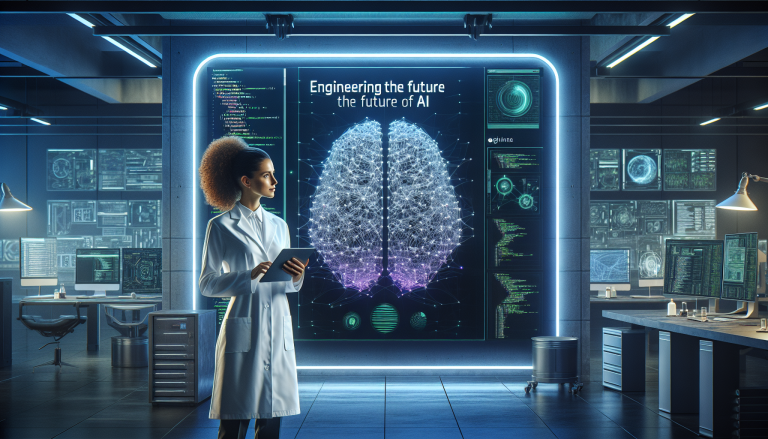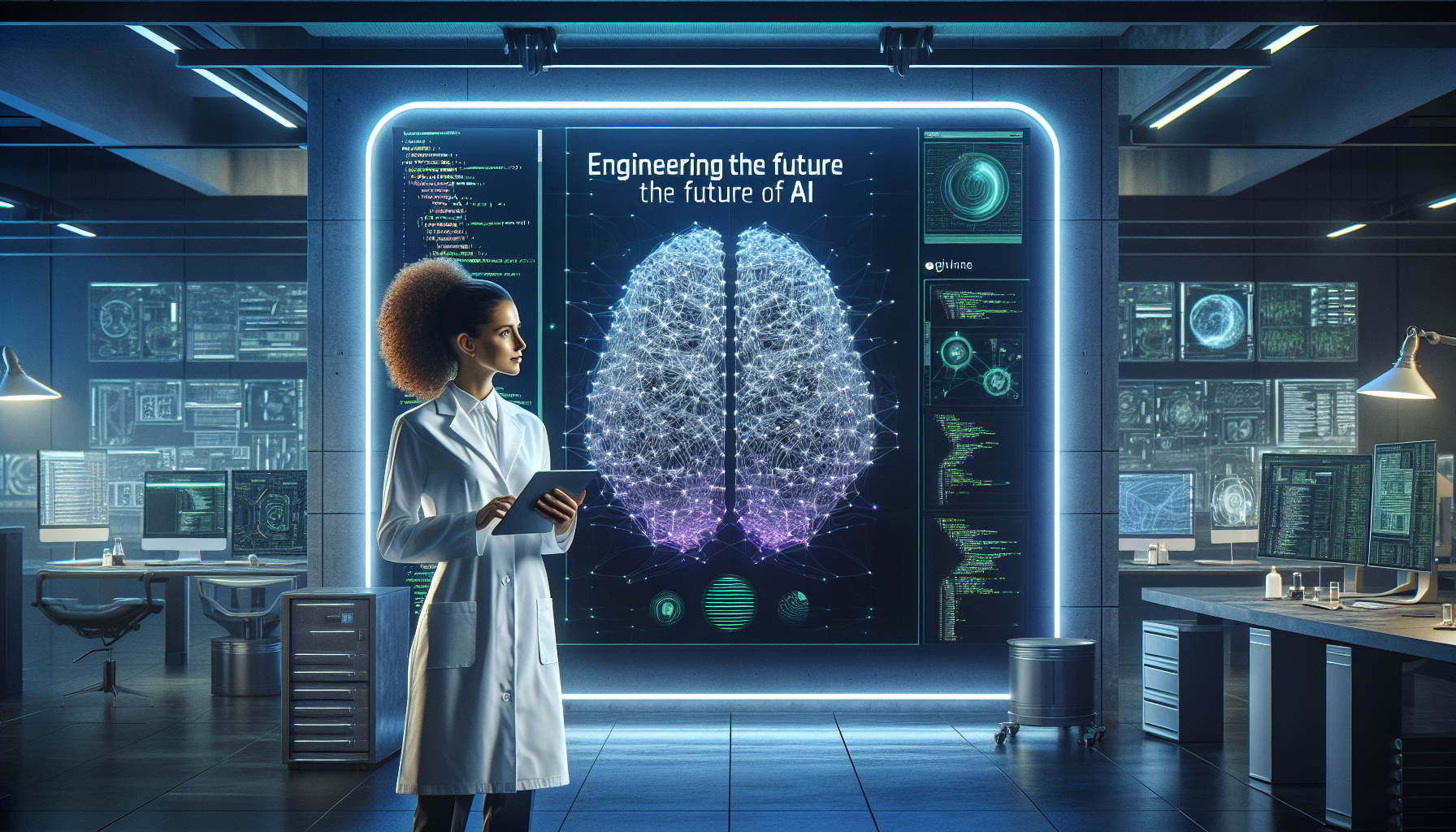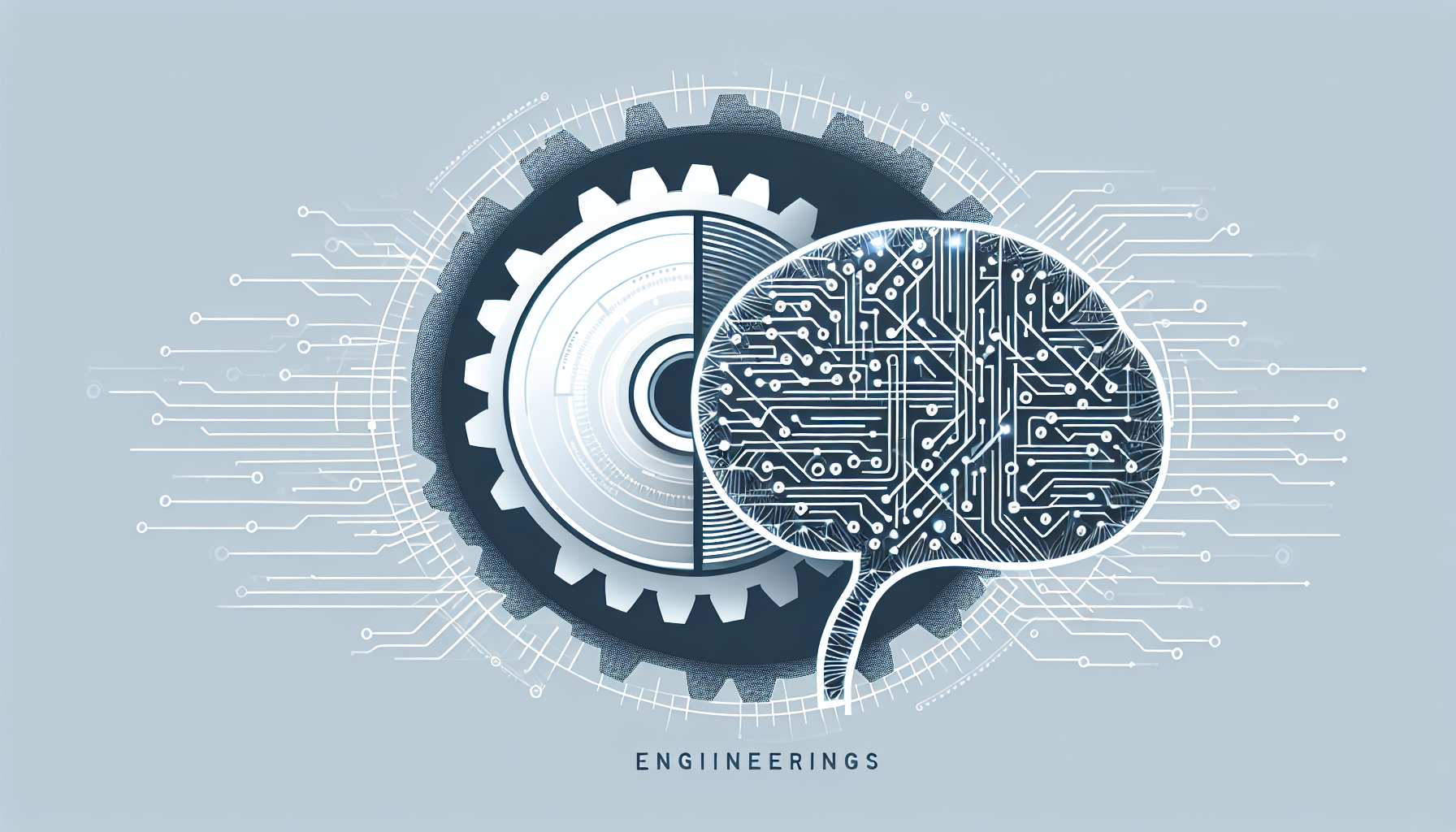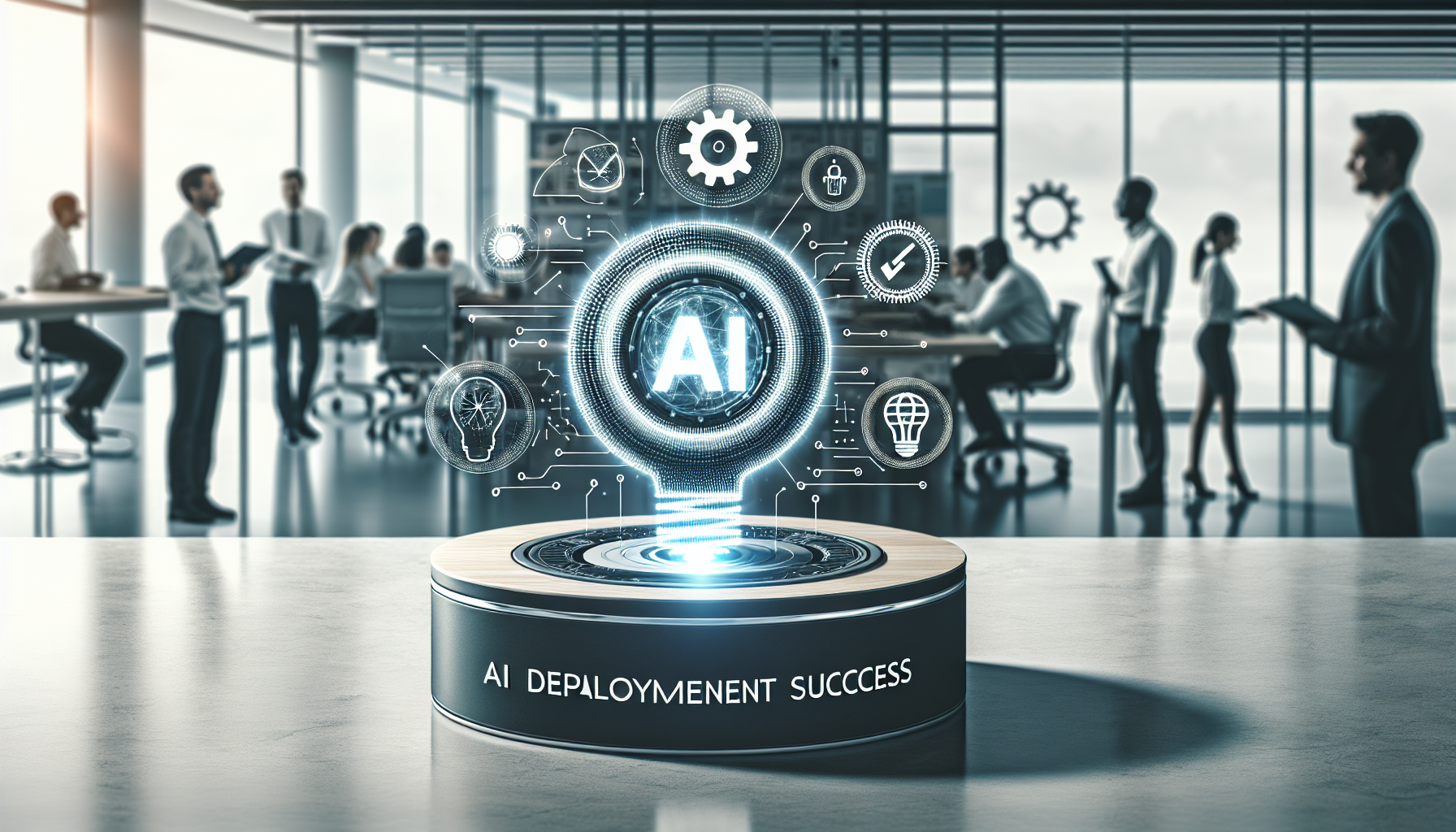**Unlocking AI Success: The Role of Engineering in AI Deployment**
As artificial intelligence (AI) continues to transform industries and revolutionize the way we live and work, the importance of effective AI deployment cannot be overstated. While AI solutions offer numerous benefits, their successful implementation requires a deep understanding of the technical, operational, and strategic aspects involved. In this article, we will explore the critical role of engineering in AI deployment success, highlighting the key challenges, best practices, and innovative solutions that can help organizations harness the full potential of AI.
**The AI Implementation Landscape**
Before diving into the role of engineering in AI deployment, it’s essential to understand the current AI implementation landscape. According to a recent survey, 80% of organizations have already implemented AI solutions, with 60% planning to expand their AI initiatives in the next two years. However, the same survey revealed that 70% of organizations struggle to achieve the desired ROI from their AI investments, highlighting the need for a more structured approach to AI deployment.
**The Engineering Imperative**
Effective AI deployment requires a multidisciplinary approach, involving not only data scientists and software engineers but also domain experts, project managers, and business stakeholders. As a computer engineer with a passion for AI, I can attest that the key to successful AI deployment lies in the engineering aspect. Here are some critical factors that engineering teams must consider:
| **Engineering Considerations** | **Description** |
| — | — |
| **Data Quality** | High-quality data is essential for training accurate AI models. Engineering teams must ensure that data is clean, complete, and relevant to the specific use case. |
| **Model Interpretability** | As AI models become increasingly complex, it’s essential to ensure that they are transparent and explainable. Engineering teams must develop techniques to interpret and visualize AI model outputs. |

| **Scalability and Performance** | AI solutions must be designed to scale horizontally and vertically to handle increasing workloads. Engineering teams must optimize AI model performance and ensure that they can handle large volumes of data. |
| **Security and Governance** | AI solutions must be designed with security and governance in mind. Engineering teams must ensure that AI systems are secure, auditable, and compliant with regulatory requirements. |
**Best Practices for AI Deployment**
To overcome the challenges associated with AI deployment, organizations must adopt a structured approach that involves multiple stakeholders and disciplines. Here are some best practices for AI deployment:
| **Best Practice** | **Description** |
| — | — |
| **Define Clear Objectives** | Organizations must define clear objectives and use cases for AI deployment. This ensures that AI solutions are aligned with business goals and deliver tangible value. |
| **Develop a Cross-Functional Team** | AI deployment requires a multidisciplinary approach, involving data scientists, software engineers, domain experts, and business stakeholders. Organizations must develop a cross-functional team to ensure that all aspects of AI deployment are considered. |
| **Implement a Data-Driven Approach** | AI solutions must be based on high-quality data. Organizations must implement a data-driven approach to ensure that AI models are trained on relevant and accurate data. |
| **Monitor and Evaluate Performance** | Organizations must monitor and evaluate AI performance regularly to ensure that solutions are delivering the desired ROI. |
**Innovative Solutions for AI Deployment**
To overcome the challenges associated with AI deployment, organizations must adopt innovative solutions that leverage cutting-edge technologies and techniques. Here are some examples:
| **Innovative Solution** | **Description** |
| — | — |
| **Explainable AI (XAI)** | XAI techniques, such as feature importance and model interpretability, can help organizations understand how AI models make decisions. |
| **Transfer Learning** | Transfer learning techniques can help organizations leverage pre-trained AI models and adapt them to new use cases. |
| **Edge AI** | Edge AI solutions can help organizations deploy AI models at the edge, reducing latency and improving real-time decision-making. |
**Conclusion**
In conclusion, the role of engineering in AI deployment success cannot be overstated. By considering the critical engineering factors, adopting best practices, and leveraging innovative solutions, organizations can unlock the full potential of AI and achieve significant business value. As AI continues to transform industries and revolutionize the way we live and work, it’s essential that organizations prioritize effective AI deployment to stay ahead of the curve.
**Summary of Main Takeaways**
* Effective AI deployment requires a multidisciplinary approach involving data scientists, software engineers, domain experts, and business stakeholders.
* Engineering teams must consider critical factors such as data quality, model interpretability, scalability, and security.
* Organizations must adopt a structured approach to AI deployment, including defining clear objectives, developing a cross-functional team, and implementing a data-driven approach.
* Innovative solutions, such as explainable AI, transfer learning, and edge AI, can help organizations overcome the challenges associated with AI deployment.
**Recommendations for Implementation**
* Develop a cross-functional team to ensure that all aspects of AI deployment are considered.
* Implement a data-driven approach to ensure that AI models are trained on relevant and accurate data.
* Monitor and evaluate AI performance regularly to ensure that solutions are delivering the desired ROI.
* Consider adopting innovative solutions, such as explainable AI, transfer learning, and edge AI, to overcome the challenges associated with AI deployment.



